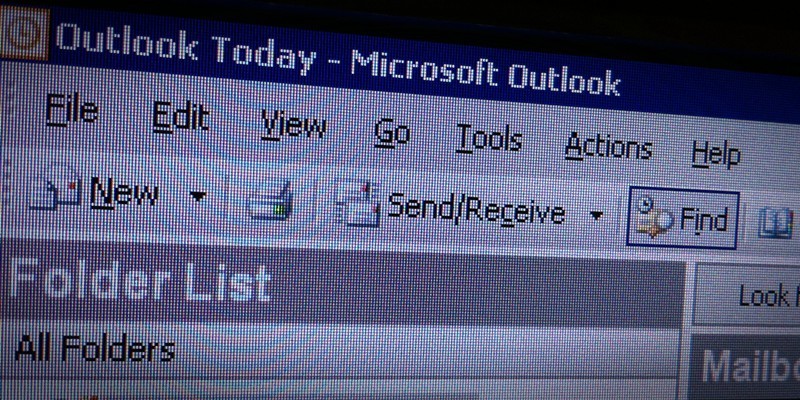Nearly half of all public bodies fear they will struggle to answer Freedom of Information (FOI) requests because of budget cuts, Scotland’s information commissioner will warn today.
Although the St Andrews commissioner said public authorities are getting better at answering FOI requests, Kevin Dunion said budget cuts should not be allowed to keep the public from accessing information they are entitled to.
The commissioner’s annual report, which is published today, reveals that two-thirds of public bodies reported a rise in the number of FOI requests they received over the last year. And nearly half of them (48%) said they believed they are more inclined to disclose the information requested.
Despite the overall rise in requests, the number of appeals made to Mr Dunion’s office asking for him to investigate after an initial FOI request had been refused remained relatively static, indicating that public bodies are more willing to release information.
“This is a positive sign and evidence that Freedom of Information is now beginning to ‘bed in’ in Scotland, with the FOI principles of openness and transparency increasingly accepted by authorities,” said Mr Dunion.
“The bad news, though, is a widespread concern amongst authorities that a rise in often complex requests comes at a time when there is a reduction in the resources available to deal with them. Indeed, 41% of respondents to our survey identified this as the biggest FOI challenge they faced.”
Although his report is broadly positive, Mr Dunion did warn that many public bodies continue to withhold information that should be released into the public domain.
“It is clear from the data published today that the public are increasingly making use of their rights to information. This is sure to continue in the current economic climate, as more and more people want to understand the rationale behind spending cuts.
“When public authorities receive information requests they are often faced with a choice between disclosing the information or refusing to release it. It may well be that the refusal of the request is appropriate, for example where it involved personal data.
“However, as my decisions over the past year have shown, there are still many cases where authorities have not been justified in withholding information, even where the information might expose them to criticism or adverse publicity.”
He added that he still believes private companies that are delivering public services should not be exempt from FOI legislation. “Increasingly, public services are delivered by arm’s length organisations and private contractors. It is therefore extremely important that FOI rights continue to follow the public pound.”
